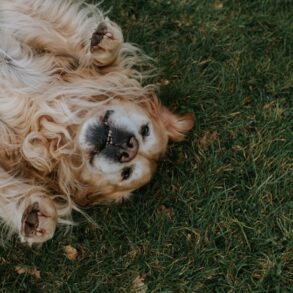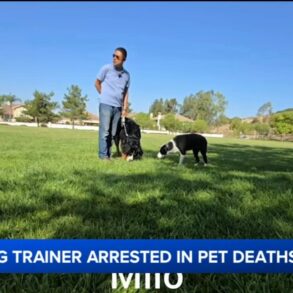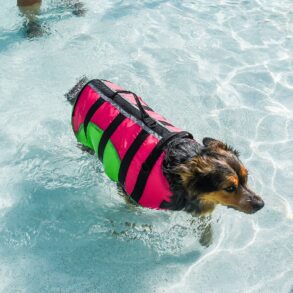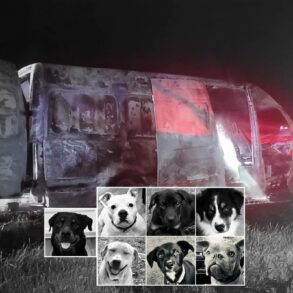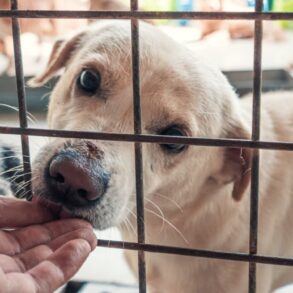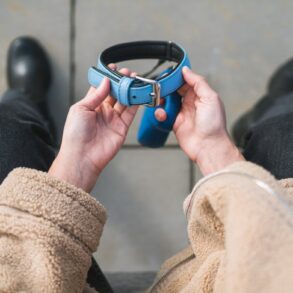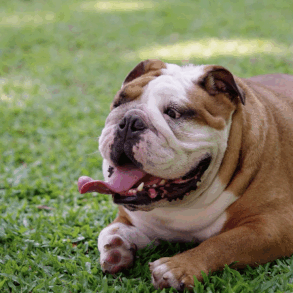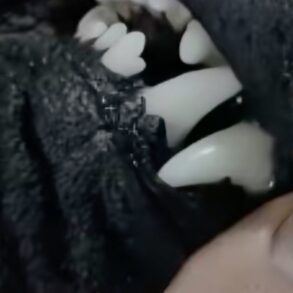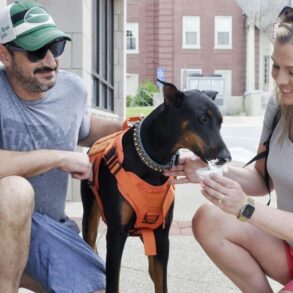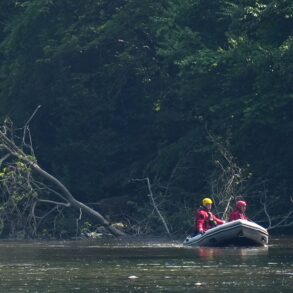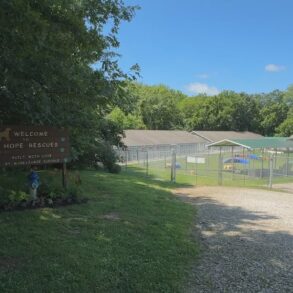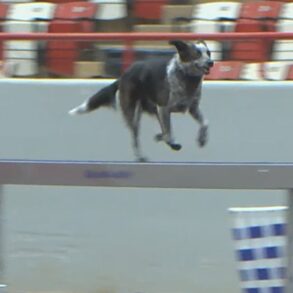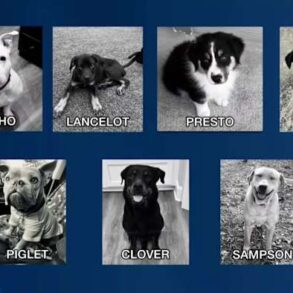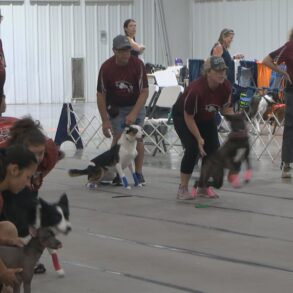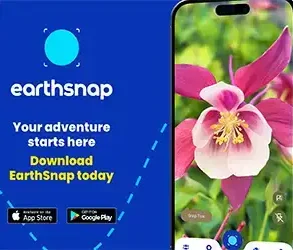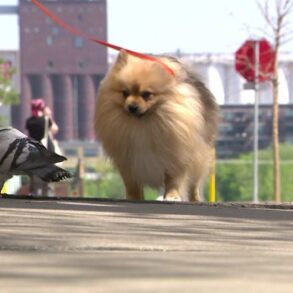
If you’re familiar with the Kenya-based Sheldrick Wildlife Trust (SWT), it’s likely because of their Orphan Project—the world’s first (and most successful) elephant orphan rescue and rehabilitation program. Or you might have learned about the SWT through their social media, where they regularly highlight the antics of current orphans, as well as the journeys of those who’ve transitioned to the wild—but return to show off their own babies to the keepers who raised them.
What is the Sheldrick Wildlife Trust?
The SWT has been working since 1977 on projects including anti-poaching, enhancing community awareness, providing veterinary care to animals in need, and more.
They’re always looking for ways to make a greater impact, as evidenced by their partnership with Kenya Wildlife Service, or KWS (Kenya’s government arm tasked with the conservation and management of the country’s wild spaces), which began in 1999 in response to the rising threat of bushmeat and ivory poaching. And, more recently, by the Canine Unit they launched in 2016.
At that time, the SWT was busy building their anti-poaching presence in Tsavo and realized that, as incredible as their (human) rangers were, they could only track using visual cues. They needed canine partners who could use their keen sense of smell to take this work to the next level.
Read AAHA’s Working, Assistance, and Therapy Dog Guidelines
Today, the SWT’s Canine Unit works closely with KWS, and the results speak for themselves.
According to the SWT’s 2024 annual newsletter (beginning on page 100), the Canine Unit has, over the past five years, covered 7588 kilometers on patrol, resulting in 76 arrests. Considering there are just three dogs currently on the team—one of whom is brand new— along with a rotation of KWS dogs, that’s particularly impressive. But even beyond those arrests, the mere presence of these dogs has made a difference as a deterrent; would-be poachers know how effective these teams are and steer clear of areas where they patrol.
From providing these dogs (and their handlers) with proper and ongoing training to keeping the canines safe in the field, the SWT puts a lot of effort into meeting the Canine Unit’s needs. Fortunately, the SWT’s Director of Communication, Sean Michael, was willing to talk to the handlers and veterinarians who work closely with the Canine Unit to answer a few questions.
First of all, let’s meet the dogs. Who is currently working in the Canine Unit, and who else has been a part of the program?
We currently have three SWT dogs in the Canine Unit (Aya, Zora, and newcomer Bela), plus a rotation of Kenya Wildlife Service dogs. Since inception, we have also had canines Naiko, Max, Tanja, and Parker on the SWT team.
This post was originally published on this site be sure to check out more of their content.





